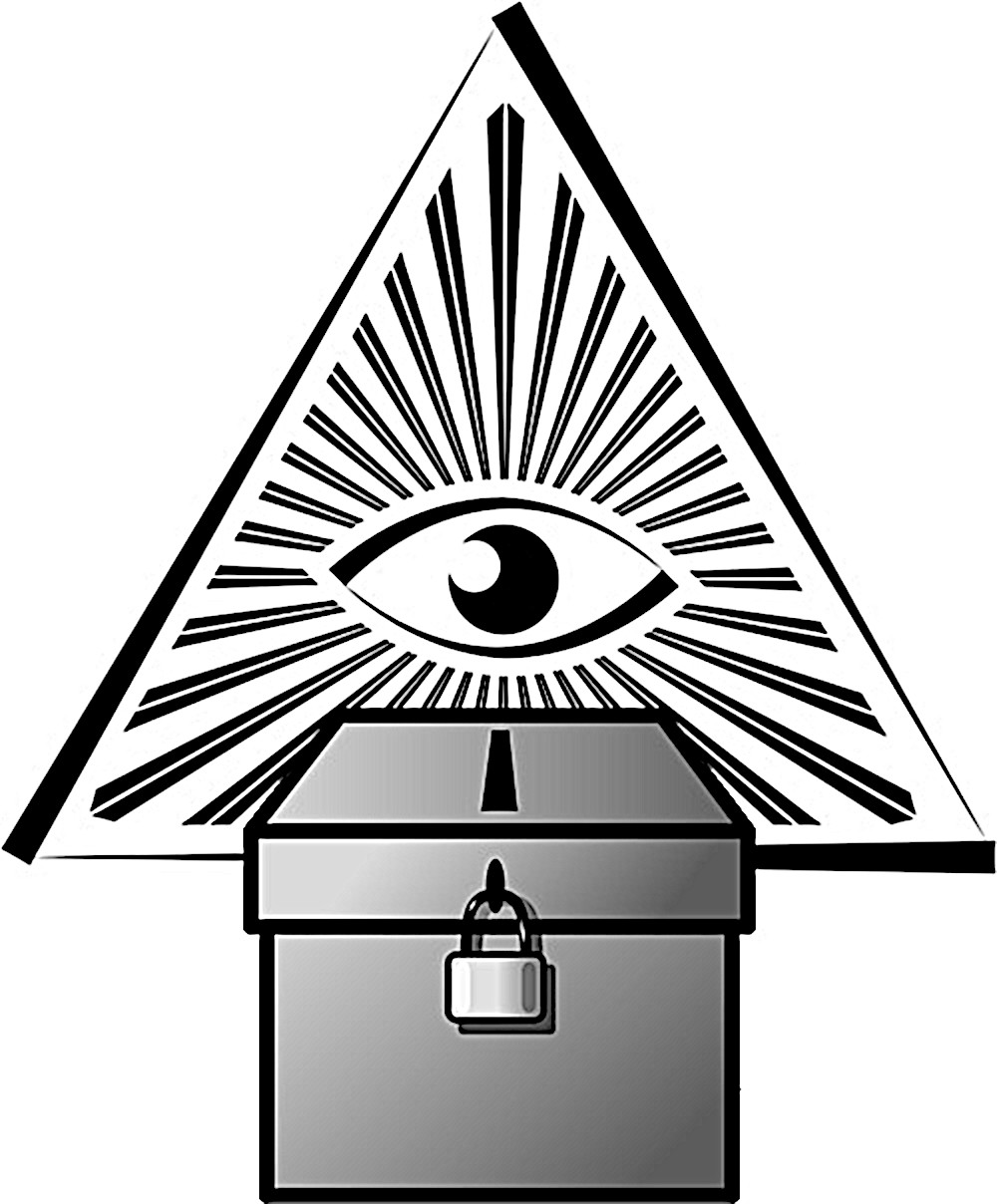 A favorite post-election activity in America is for the supporters of the loser to claim that the election was rigged. Unfortunately, many of them are not very good at it. As a public service, I’ve created this guide to proving Election Fraud.
A favorite post-election activity in America is for the supporters of the loser to claim that the election was rigged. Unfortunately, many of them are not very good at it. As a public service, I’ve created this guide to proving Election Fraud.
Hunt Those Anomalies!
The American election system is inexcusably random, rickety, and run by amateurs. And this is good news for you! Out of this thicket of unpaid poll volunteers, unsecure and outdated equipment, and diverse voting methods, it will be child’s play to pluck (or should I say, “cherry-pick”) the low hanging fruit of Election Fraud evidence. Because in all this mess, there’s bound to be a box of uncounted votes discovered in some county, or a set of malfunctioning voting machines in another. All you need is an army of motivated crowd-sourcers to go out into those fields to bring in the sheaves.
Just be careful to ignore any errors that favored your side. Your opponents will want to pick those in the event they lose the election.
Misuse Existing Data!
If you can’t find enough data supporting your theory, simply misuse existing data.
For example, exit polls are routinely conducted in conjunction with major elections, and here’s the great thing about them: they aren’t designed to accurately predict what the final vote will be!
As any good polling organization will tell you, it’s incredibly hard and expensive to conduct a representative poll. Because of this, exit polls are really only used by responsible parties (and the press) to get a rough sense of who voted and why they voted the way they did. These needs can be met quite adequately without the precision that would be required to accurately project the vote itself, and so that extra effort is simply not made.
Therefore, it is inevitable that you’ll be able to find polls where your candidate seemed to do better than he or she did in the actual election! Especially if your supporters are more likely to agree to be questioned at the polls in the first place. There will, of course, also be exit polls that overly favor your opponent, but again: leave those for them to pick, in case they end up losing and need to build a case for Election Fraud themselves.
Jump to Conclusions!
In 2016, the running vote tally for one of the primary candidates in a certain a state went down rather than up, and that candidate’s supporters immediately sent up a collective roar of socially networked outrage. It was good that they acted so quickly, because, as it turned out, the drop was because one county decided it needed to conduct a recount, and so temporarily withdrew its counts from the state totals. Every vote was eventually restored when the recount had been completed — the recount confirmed that the original count had been correct — but not before the noble case for Election Fraud had been furthered.
This item could also fit under the next category.,..
Misunderstand the System!
Running for office is a bureaucratic nightmare. Between a candidate and all the places they need to be — the ballot, the debates, the evening news — lies a gauntlet of spoken and unspoken, rational and irrational rules much more complicated than, “they’re all against you.” And then there’s the challenge of getting your supporters to the right place at the right time to do the right thing to register their votes. This is especially true of presidential primaries, where the rules differ by the state.
My advice to you is to try understanding as little of this as possible. That way, when your candidate fails to appear in all the necessary places or your voters don’t manage to get their votes counted, you can blame the system rather than your own lack of preparation.
Interpret Everything in the Worst Possible Way!
If a box of votes is discovered to have been uncounted after an election, always assume that every vote in that box was for your candidate. If X number of voters failed to make it to the caucus or voting place by the publicly announced deadline, assume that every one of them was planning to vote your way. Usually, this won’t even affect the final result of the election, but it will definitely increase your outrage at having been cheated.
Ignore the Biggest Data!
Ignore the fact that repeated, reputable public opinion polls showed your candidate trailing by the same margin by which he or she eventually lost. Since you believe that the vast majority of the public is clearly on your side, and that the only thing holding back your cause is the Establishment conspiracy against it, none of these results could possibly be true.
Embrace the Biased Data!
Conversely, seek out every unscientific poll or survey that you can. (That favors your side.) Every reader survey conducted by your favorite journal or website, every Twitter poll by a political commentator you follow, every like by every person in your social media circle.
This can also apply to legitimate polls. For example, suppose a reputable polling organization surveys just the members of your party about some issue and finds 60% of you to be in support of it. This is a clear license to act as if 80% of the general public agreed with you, and to treat any election result to the contrary as the certain result of Election Fraud.
A final variation of this technique is to interpret legitimate polls about very general subjects as being favorable to your specific candidate. If you phrase a poll question generally enough, you can easily get a majority of Americans to voice abstract support for most of the major impulses of either party, such as lower taxes or healthcare for all.
Once you begin to get more specific, though, by asking about particular plans or revealing more about their details or their costs, support can plummet as your poll respondents move from an ideal to the actual, practical world.
So don’t do that.
Confirm the Biases!
Treat all your 51% victories as if you’d won by 90. Remember all close losses as “near victories.” Call all significant losses “election fraud.”
Don’t actually care about Democracy
This has been a short list of the most common and obvious techniques for conjuring Election Fraud out of nothing. I’m sure that motivated reasoning will spur you to discover ever more subtle and powerful methods. The great thing about living in a democracy is that we are all free at any time to dismiss the will of the majority of our fellow Americans.
But seriously…
There are in fact two sadly real methods of rigging elections that are in widespread use in America today: voter suppression and gerrymandering. In fact, the real tragedy of the bogus claims discussed in this post is that they divert our attention and our energy from fighting these legitimate threats to democracy.
Two organizations currently conducting these fights that are worth supporting are Flippable and Fair Fight.
Finally, nothing in this post should be taken to suggest that we don’t have a mess of an election system or that we shouldn’t try fixing it. A uniform, secure, and competently administered voting infrastructure would have numerous benefits, not the least of which would be to reduce the number of future election fraud claims.
